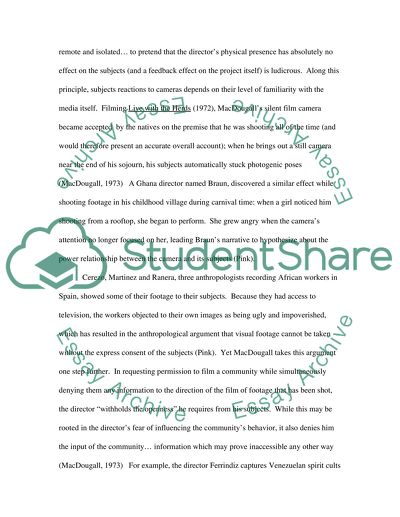Observation of Participational Cinema in Action Essay. Retrieved from https://studentshare.org/miscellaneous/1514750-observation-of-participational-cinema-in-action
Observation of Participational Cinema in Action Essay. https://studentshare.org/miscellaneous/1514750-observation-of-participational-cinema-in-action.


